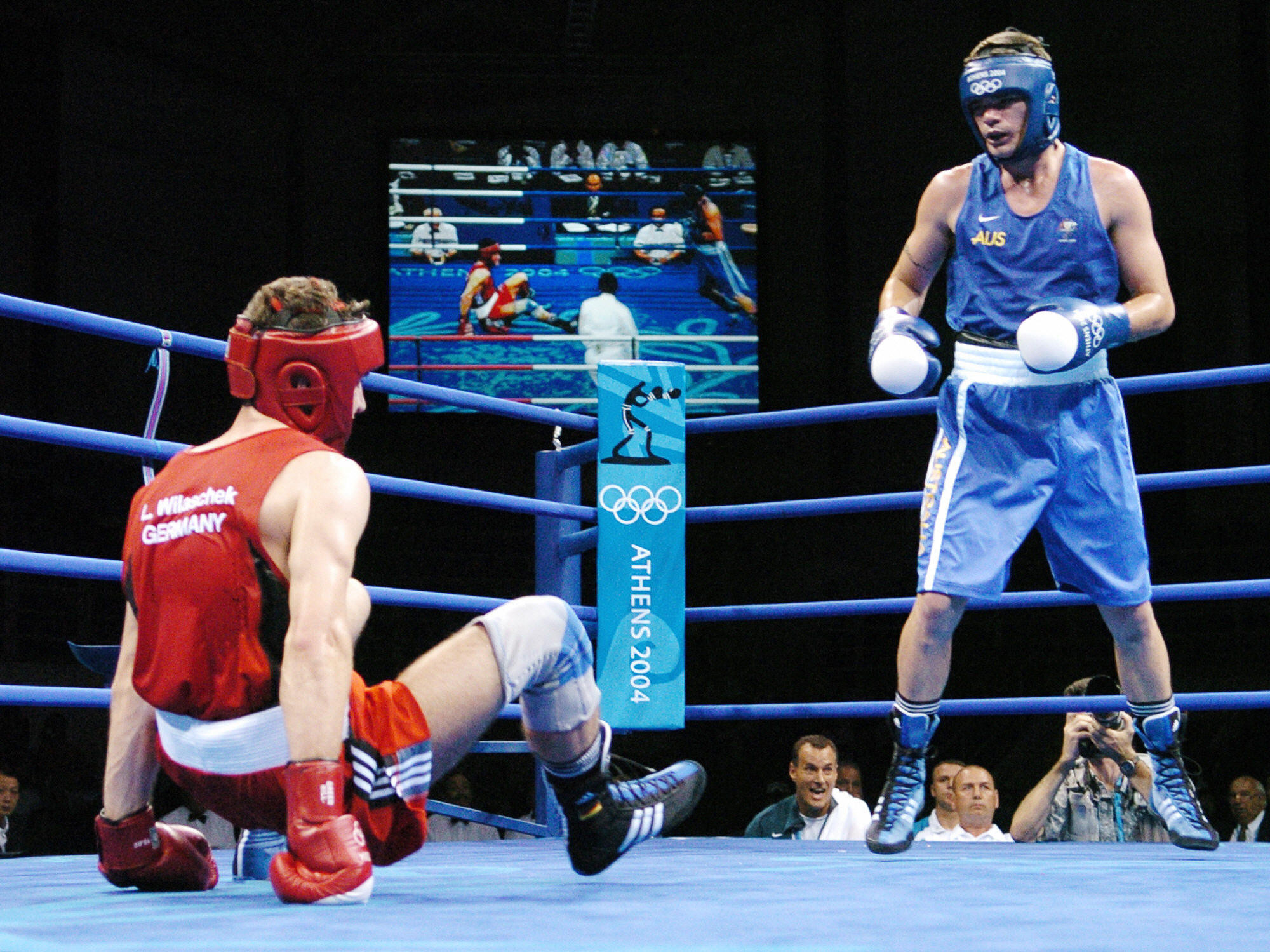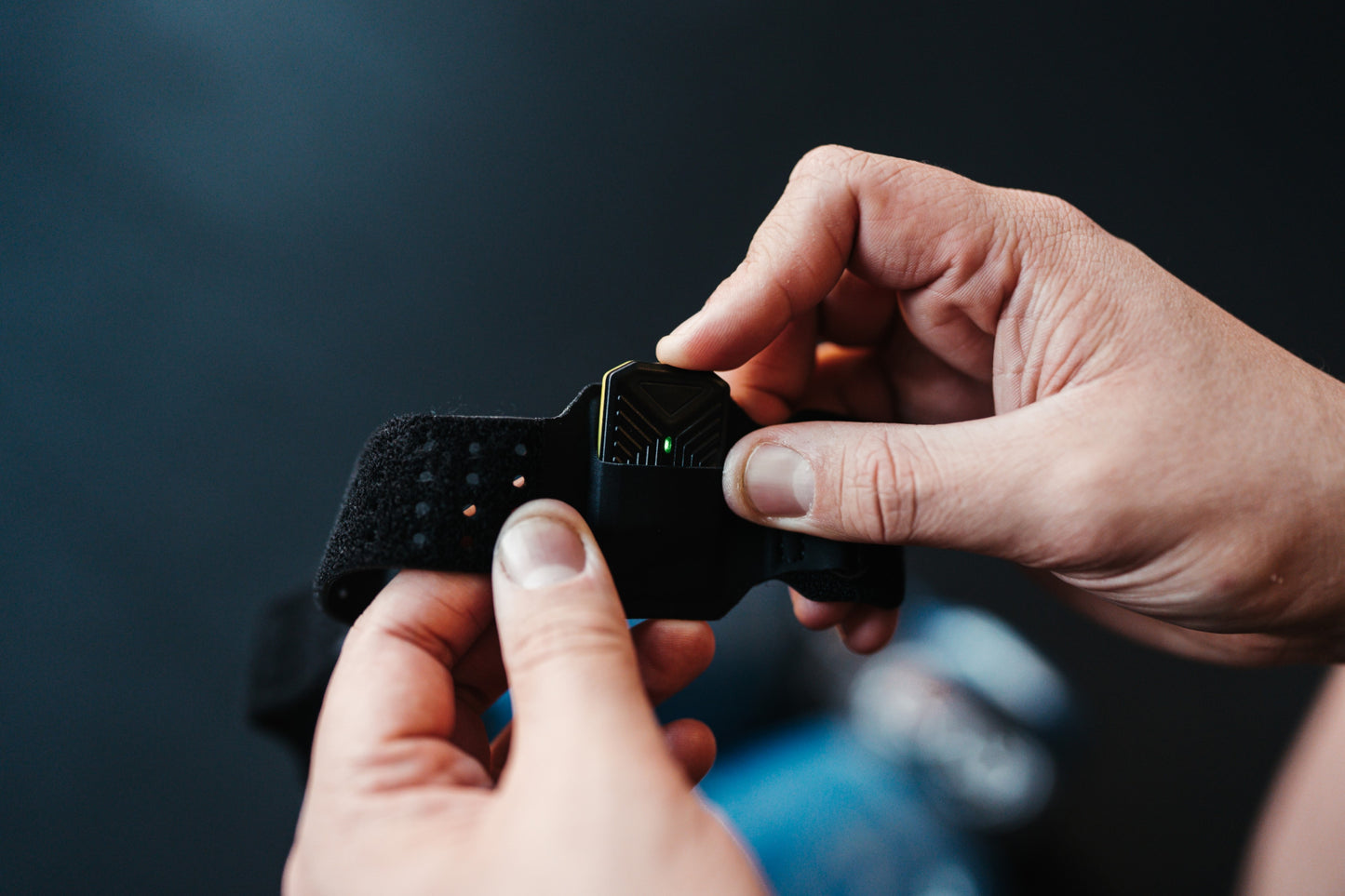Rounds and Timing
Boxing matches are divided into rounds, typically lasting three minutes each, with a one-minute rest period between rounds. The number of rounds can vary: amateur fights usually consist of three to four rounds, while professional bouts can go up to twelve rounds for championship fights.
Weight Classes
:format(png)/f/115220/2400x990/cf8e27580b/boxing-weight-classes-explained-boxing-101.png)
To ensure fairness, boxers compete in specific weight classes. This categorization prevents mismatches in size and strength, making fights more competitive and safer. There are multiple weight classes, ranging from Flyweight (up to 112 pounds) to Heavyweight (over 200 pounds), with several classes in between.
Scoring System
Boxing uses a ten-point must system for scoring. At the end of each round, the winner receives ten points, while the loser gets nine points or less, depending on knockdowns and the round's overall dominance. Judges consider factors such as effective aggression, defense, punching accuracy, and control of the ring when scoring each round.
The Knockdown Rule

A knockdown occurs when a boxer is punched and touches the canvas with any part of their body other than their feet. The referee then begins a count to ten (the "standing eight" count in amateur boxing). If the boxer rises before the count reaches ten, the fight continues. If not, the fighter loses by knockout (KO).
Standing Eight Count

The standing eight count is a safety measure that allows the referee to assess a boxer's condition following a heavy punch or combination, even if it doesn't result in a knockdown. This rule is more commonly applied in amateur boxing to protect the fighters.
Mandatory Eight Count
After a knockdown, referees enforce a mandatory eight count before allowing the fight to continue. This rule gives the downed boxer a brief moment to recover, ensuring they're fit to keep fighting.
Fouls
Boxing has strict regulations against certain actions to maintain the sport's integrity and the athletes' safety. Common fouls include hitting below the belt, headbutting, hitting an opponent who's down, holding, and hitting with parts of the glove other than the knuckle area. Committing a foul can result in warnings, point deductions, or disqualification, depending on the severity and intent.
Stoppages

A fight can be stopped for several reasons, including a knockout, technical knockout (TKO) if a boxer is unable to continue safely, or if the boxer's corner throws in the towel. Additionally, a doctor or the referee can stop the fight if a boxer's health is at risk.
Clinching

Clinching is a defensive maneuver where a boxer wraps their arms around their opponent to prevent them from throwing punches. While it's a legitimate strategy when used sparingly, excessive clinching can lead to warnings from the referee.
Conclusion
Understanding the rules of boxing is essential for anyone looking to get involved in the sport, whether as a competitor, a coach, or a fan. These regulations ensure that boxing remains a disciplined and respectful display of athleticism, strategy, and sportsmanship. As you dive deeper into the world of boxing, use POWA Boxing to track your progress and remember that these rules are not just guidelines but a testament to the sport's rich history and the honor shared by those who step into the ring.
Follow us on Instagram @powaboxing














